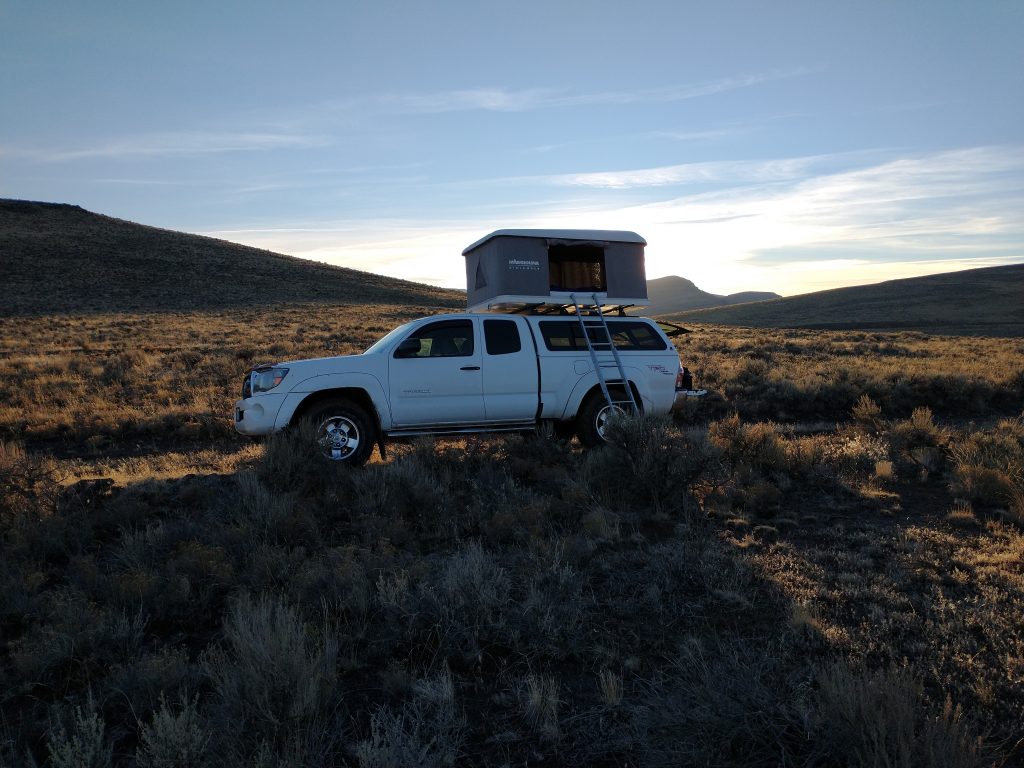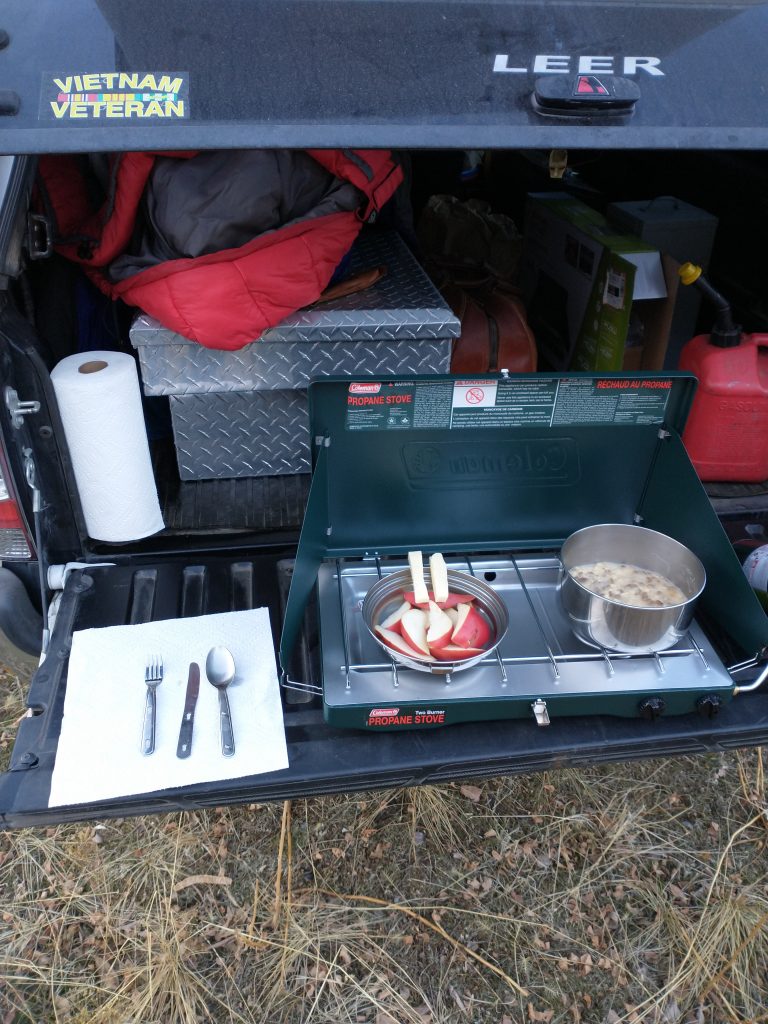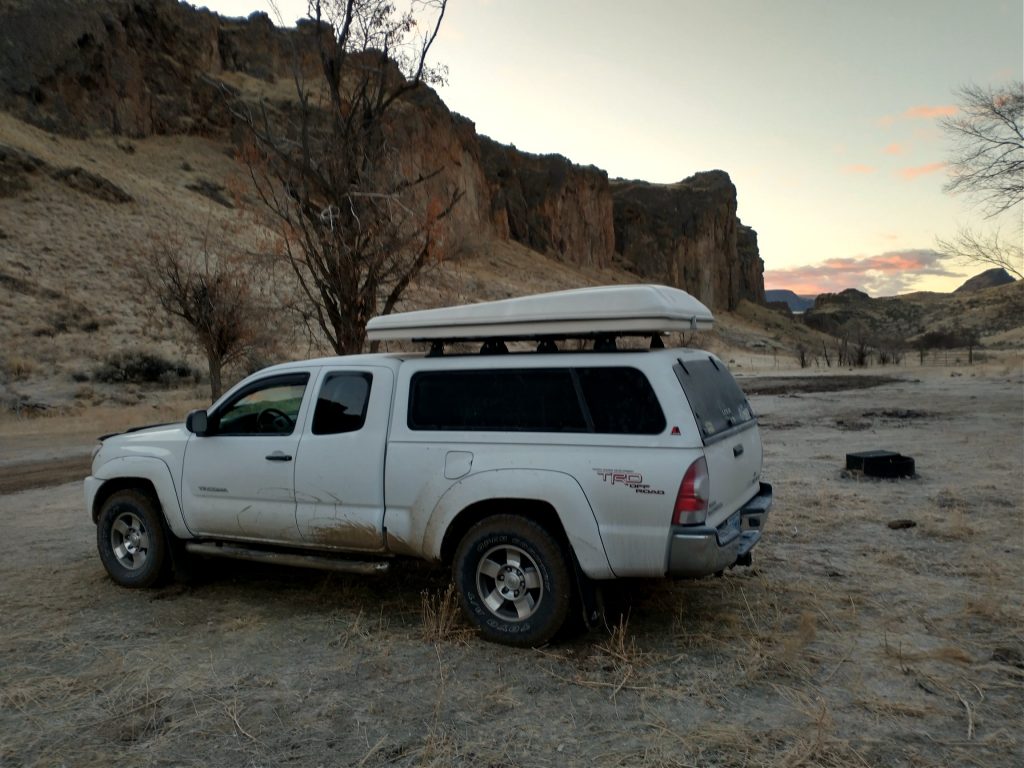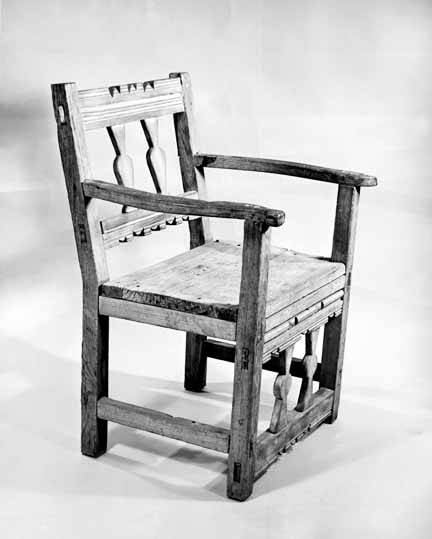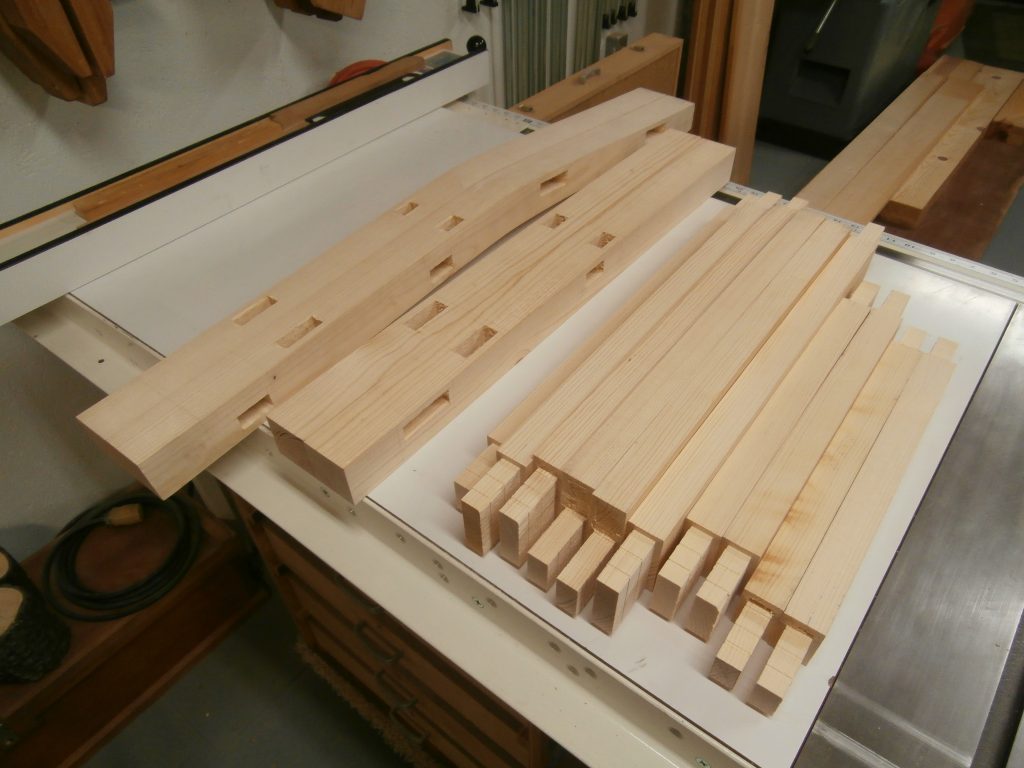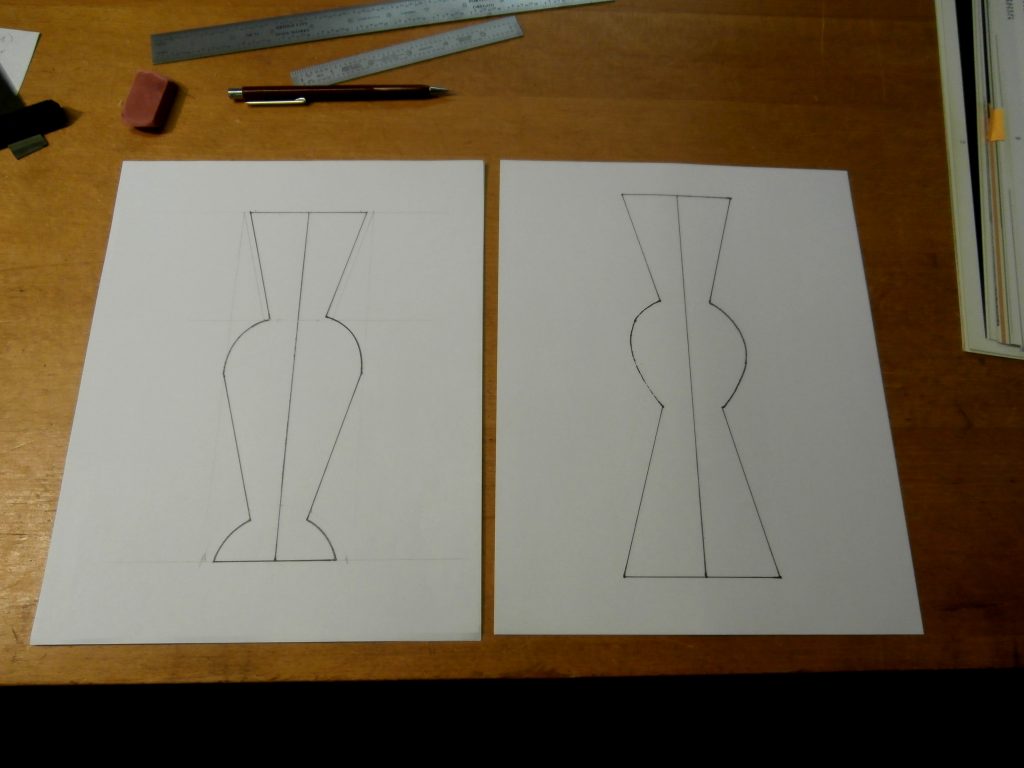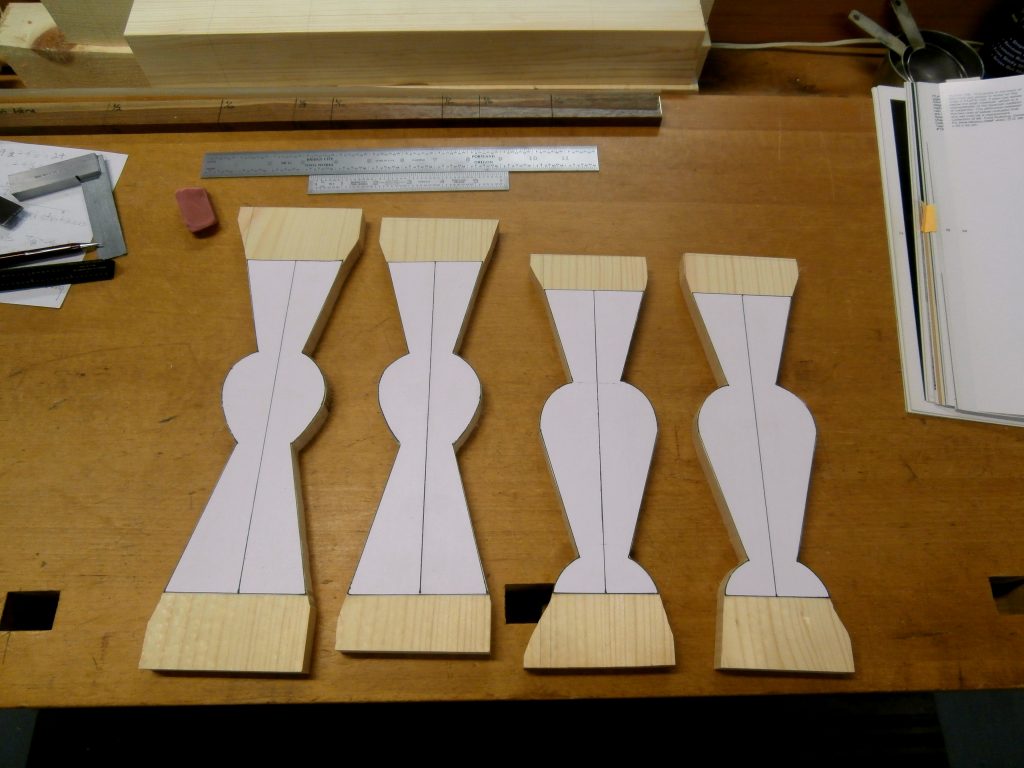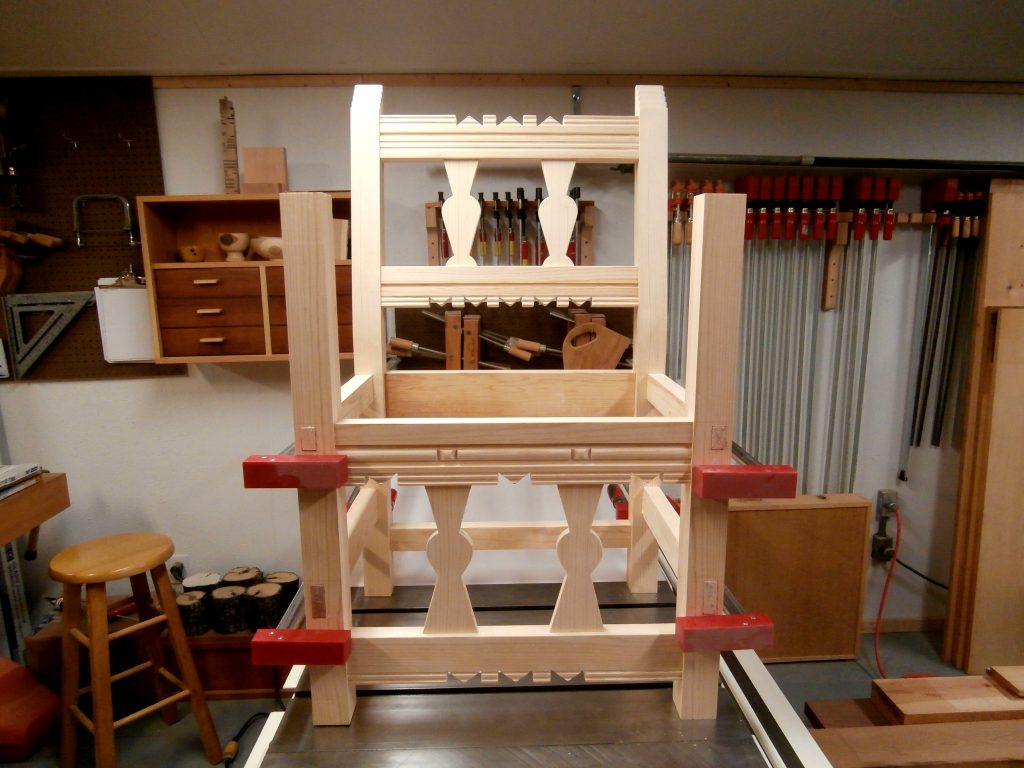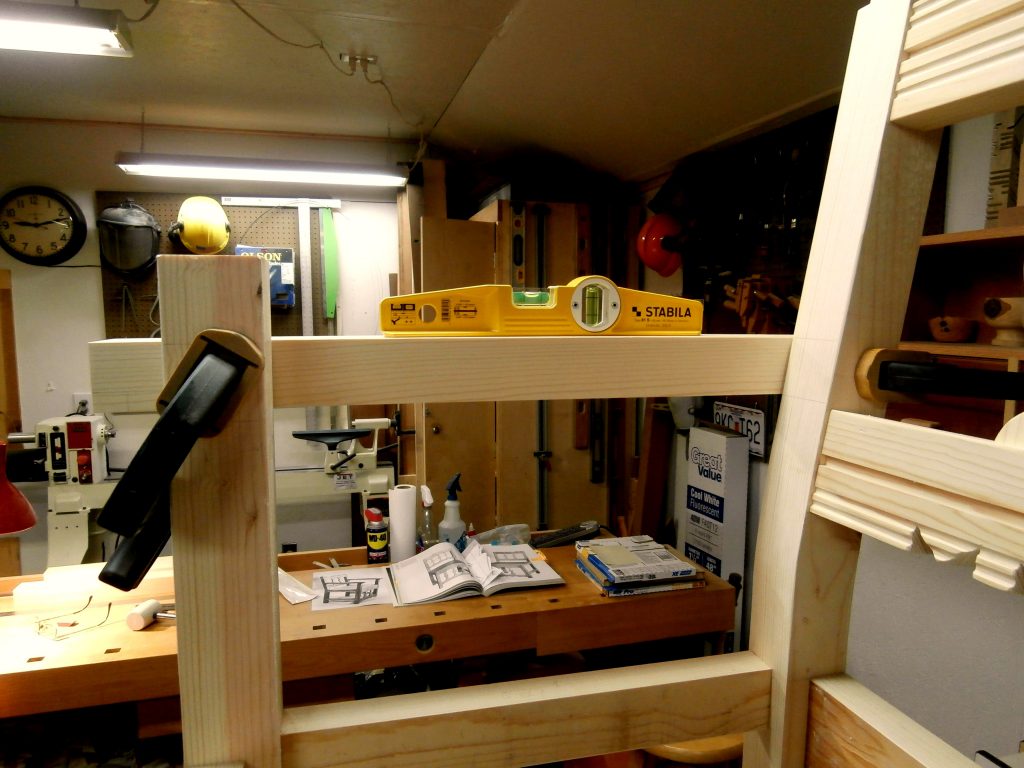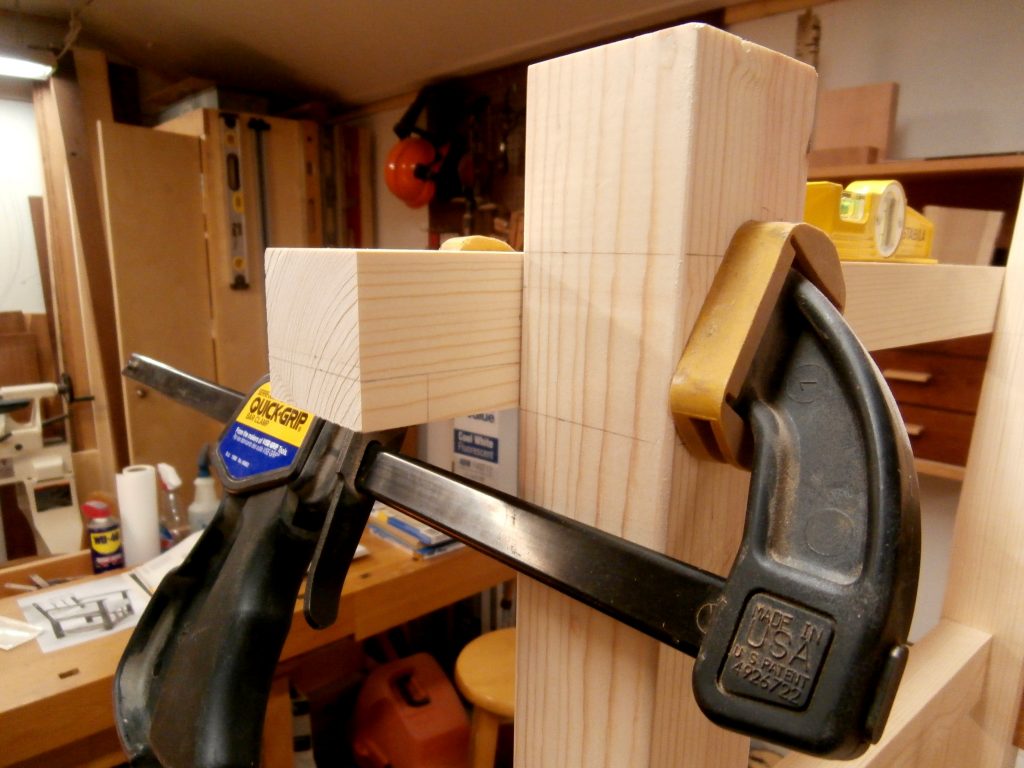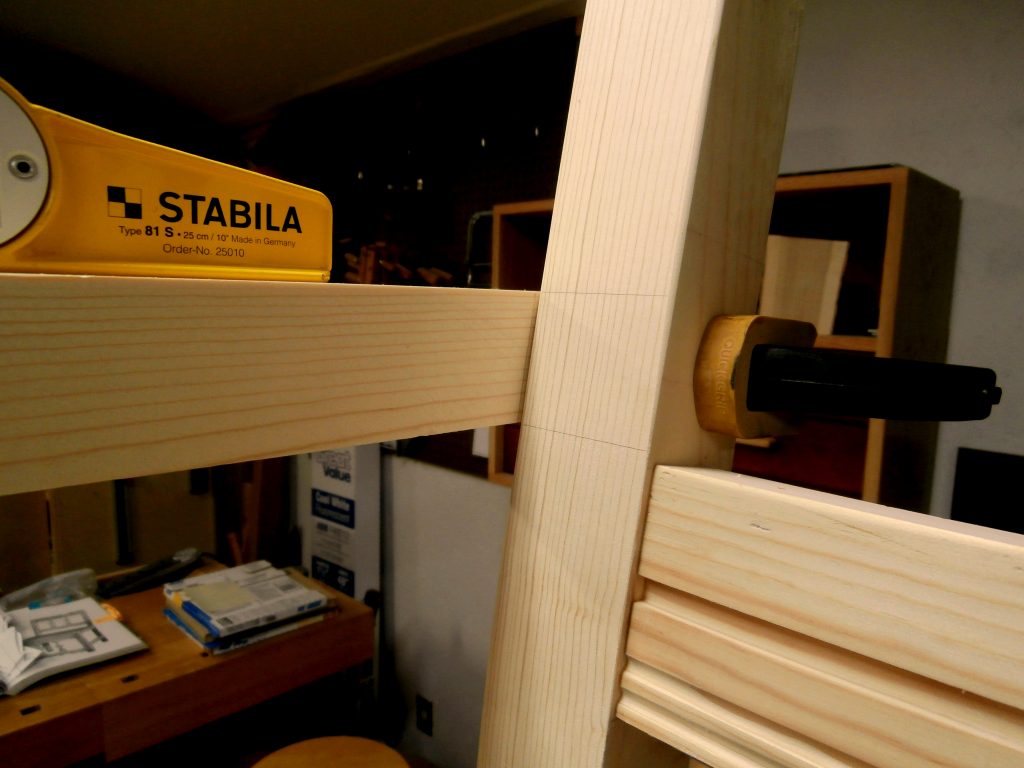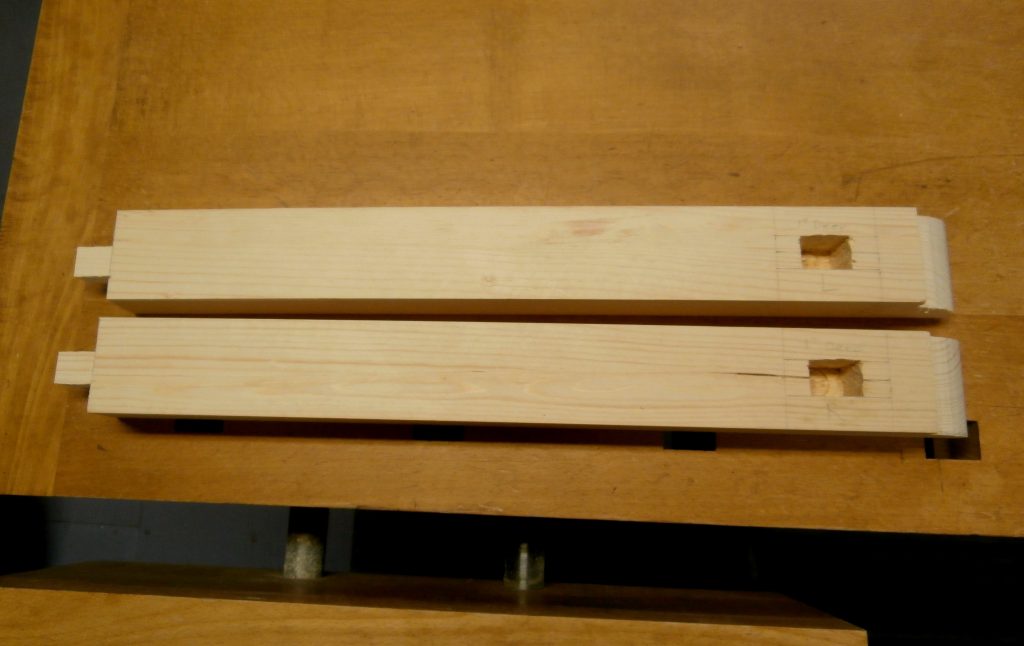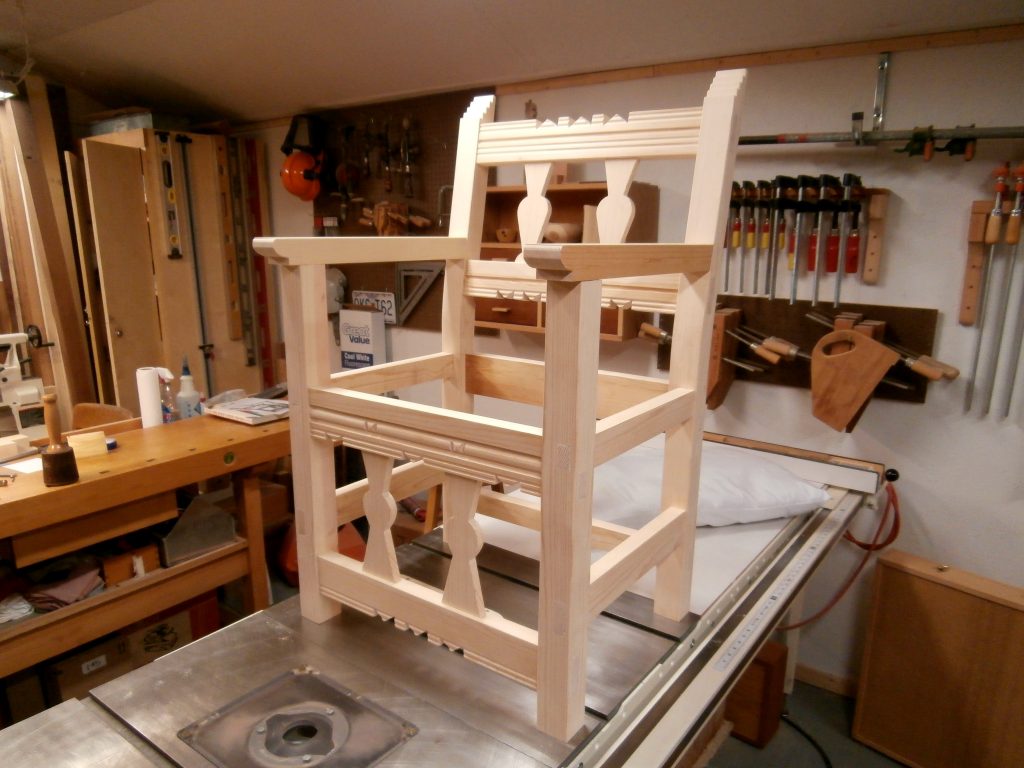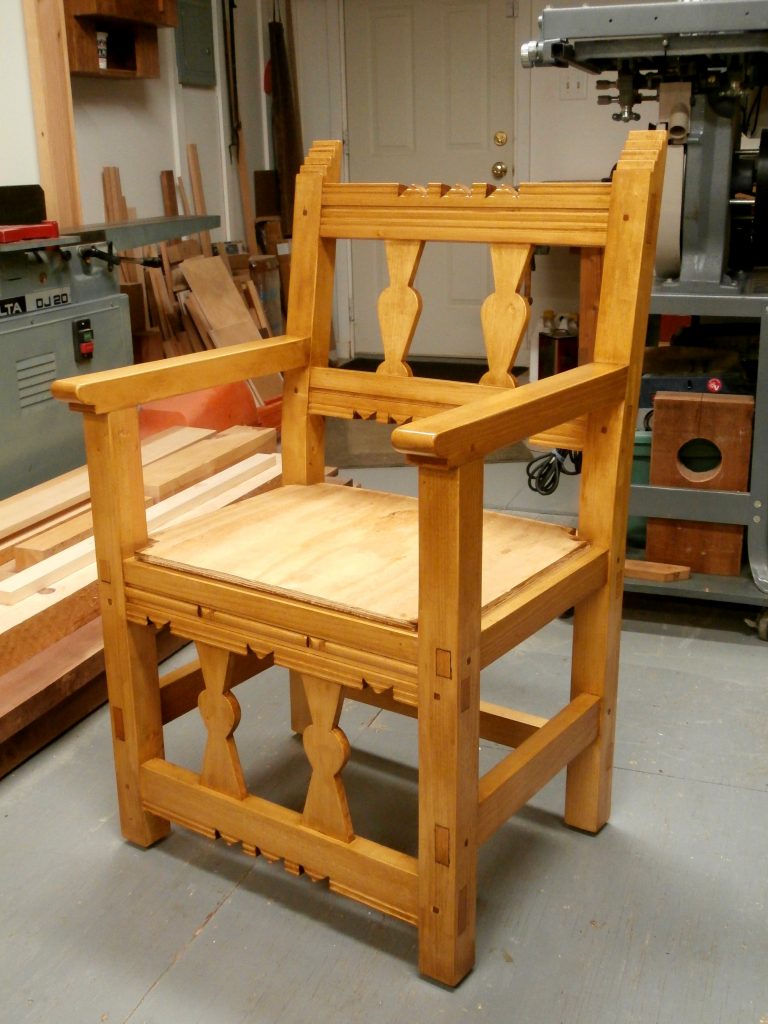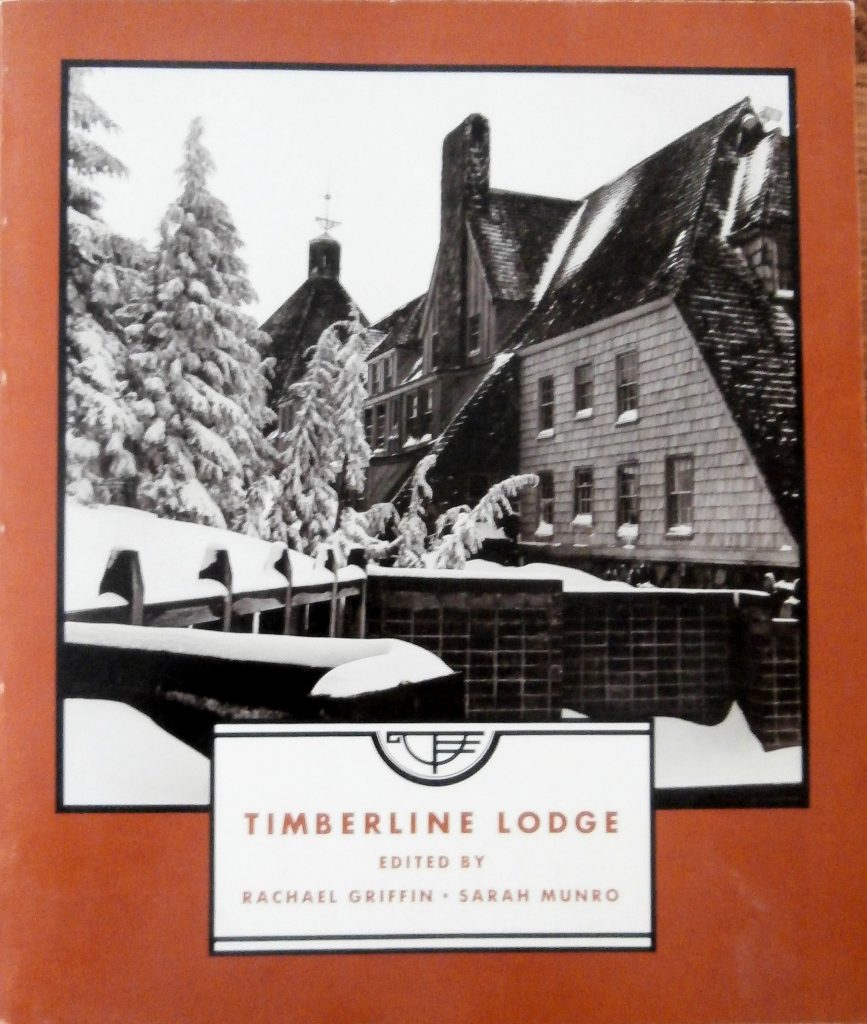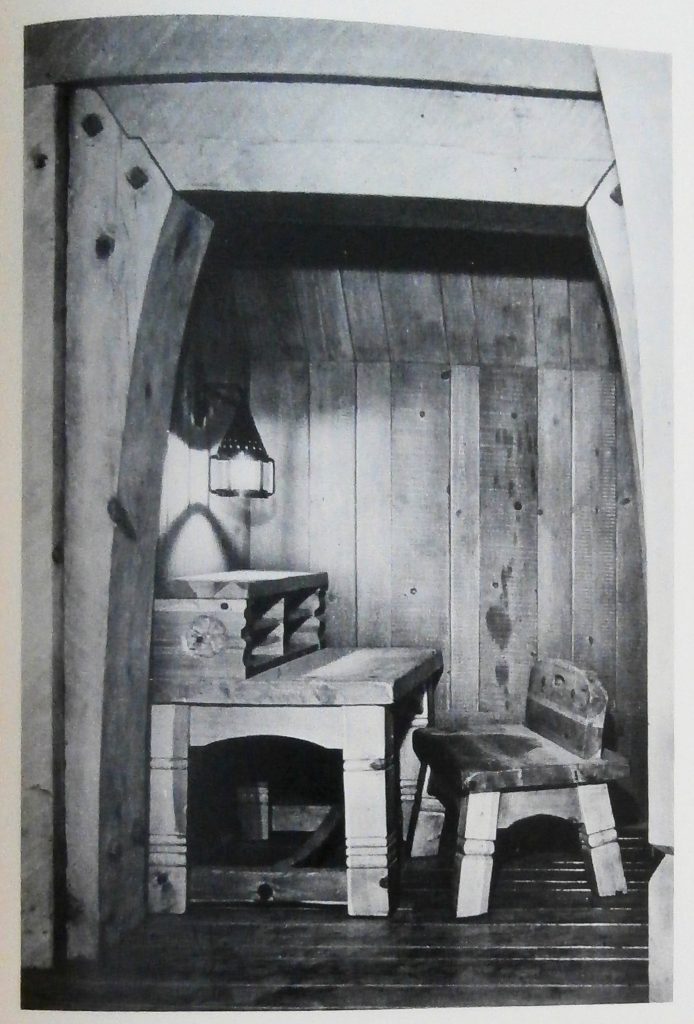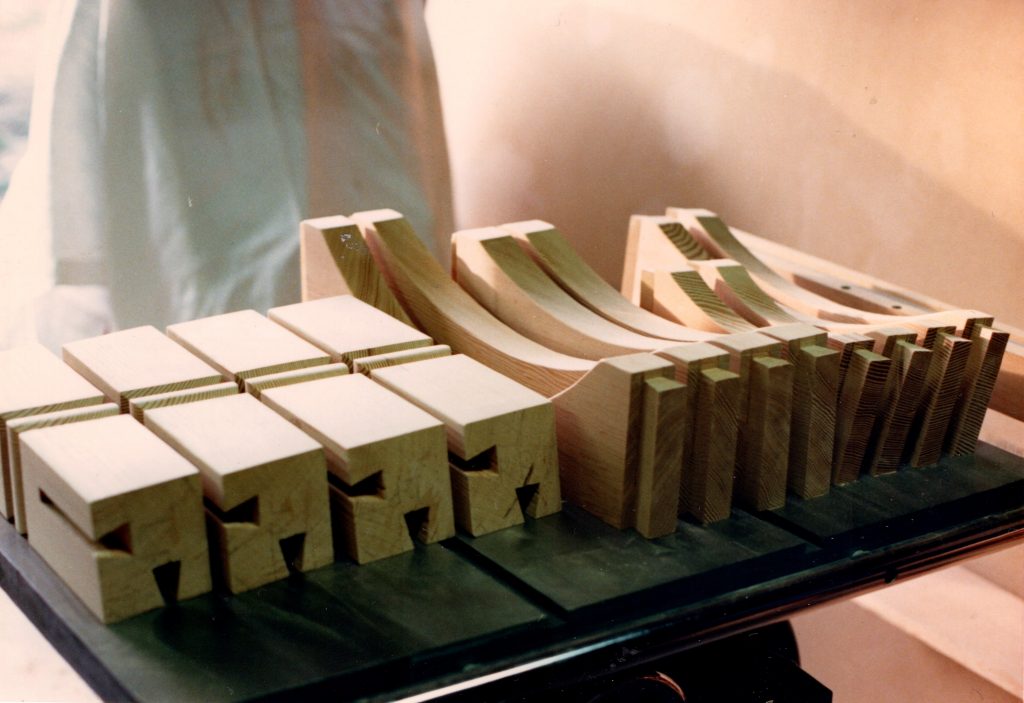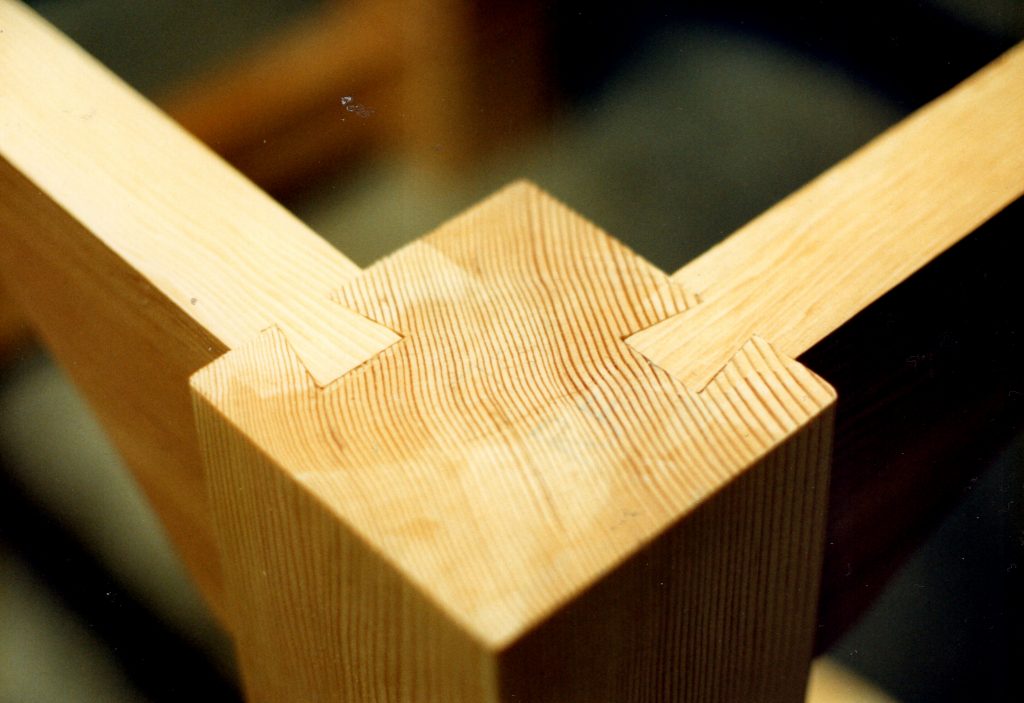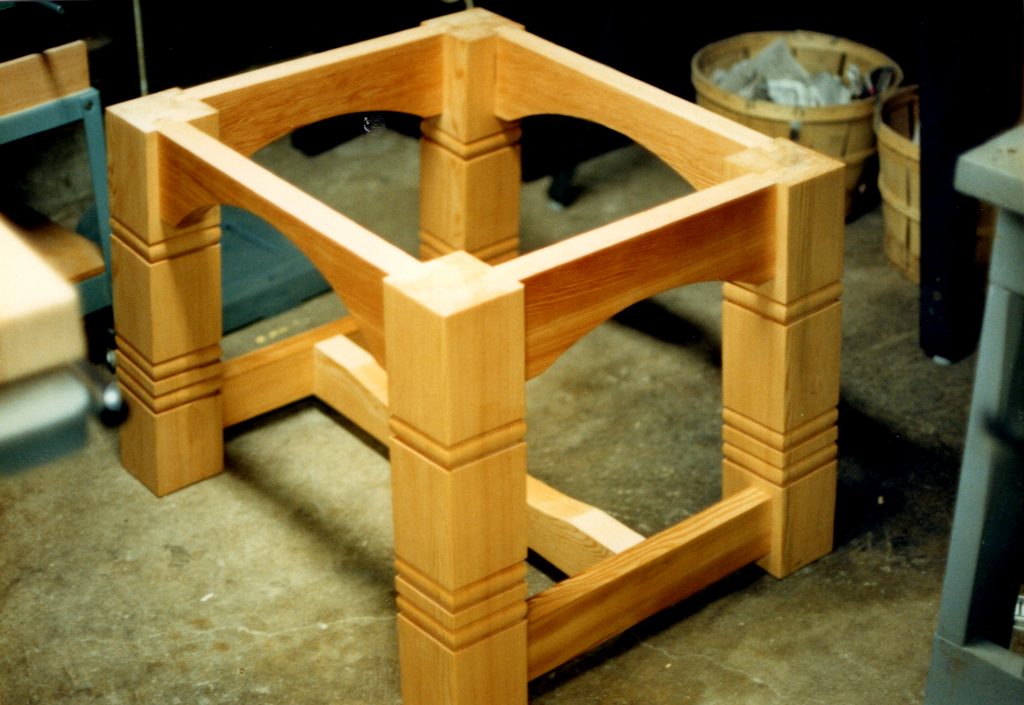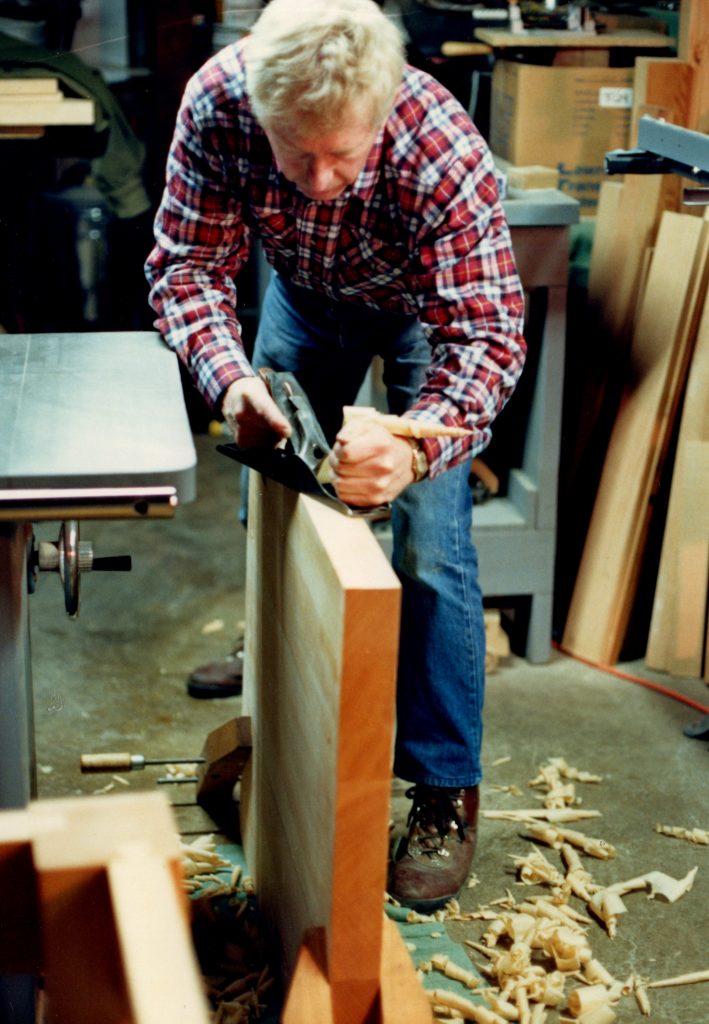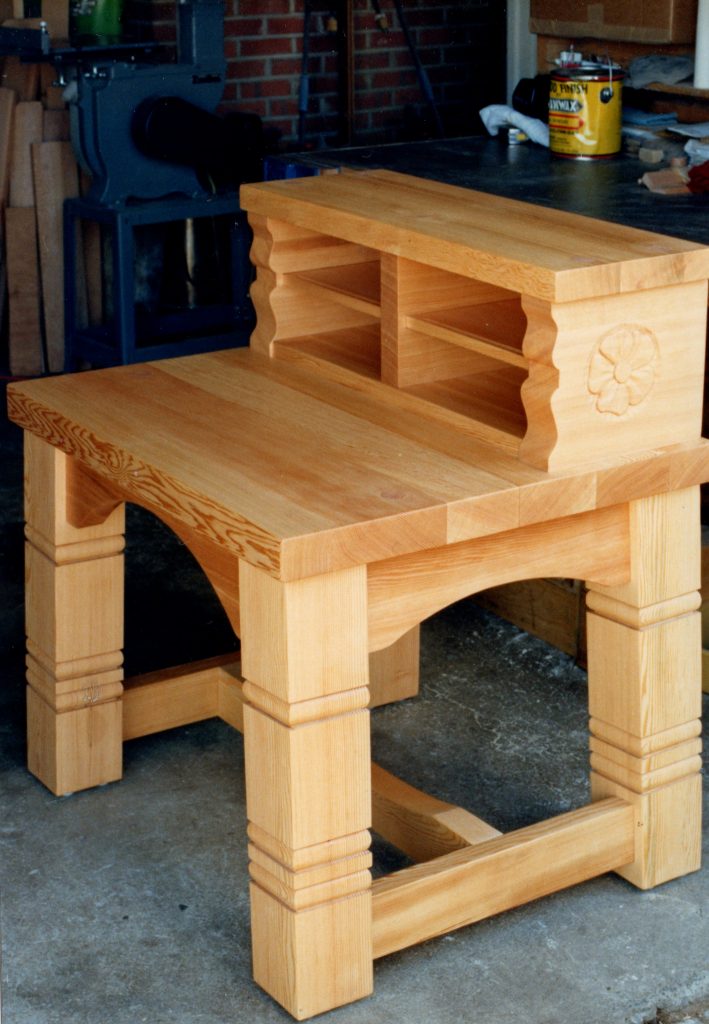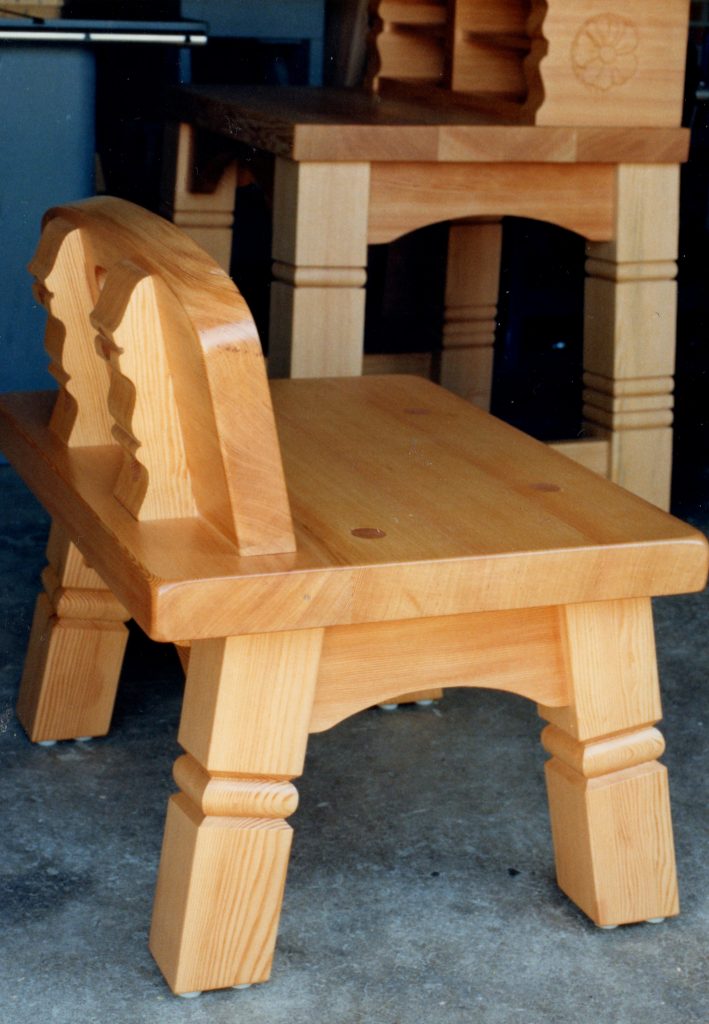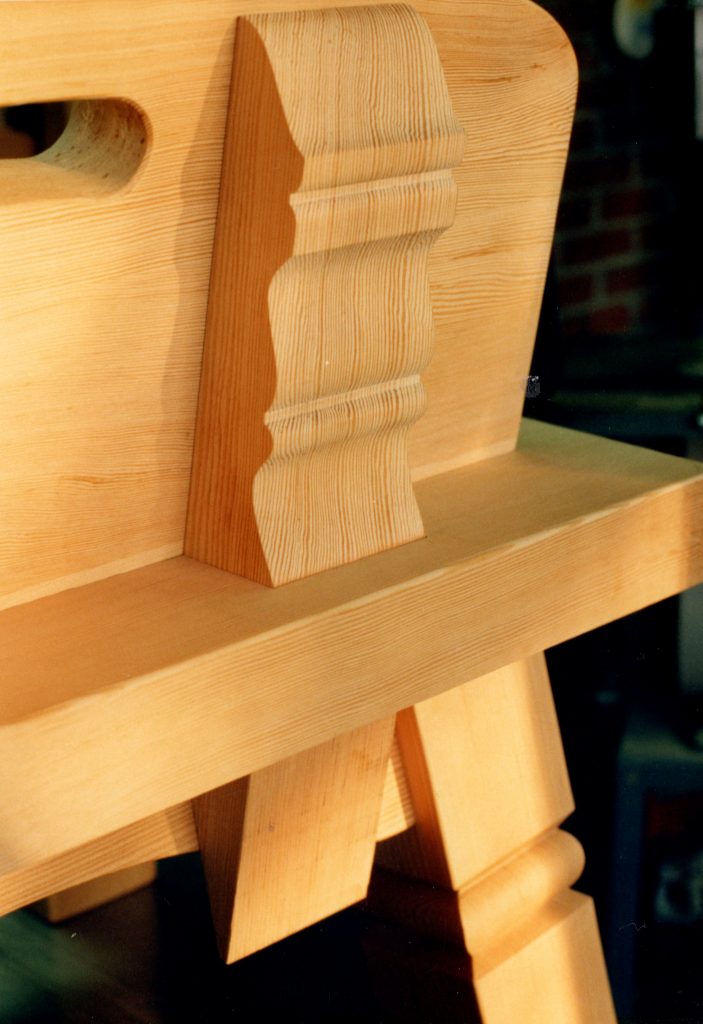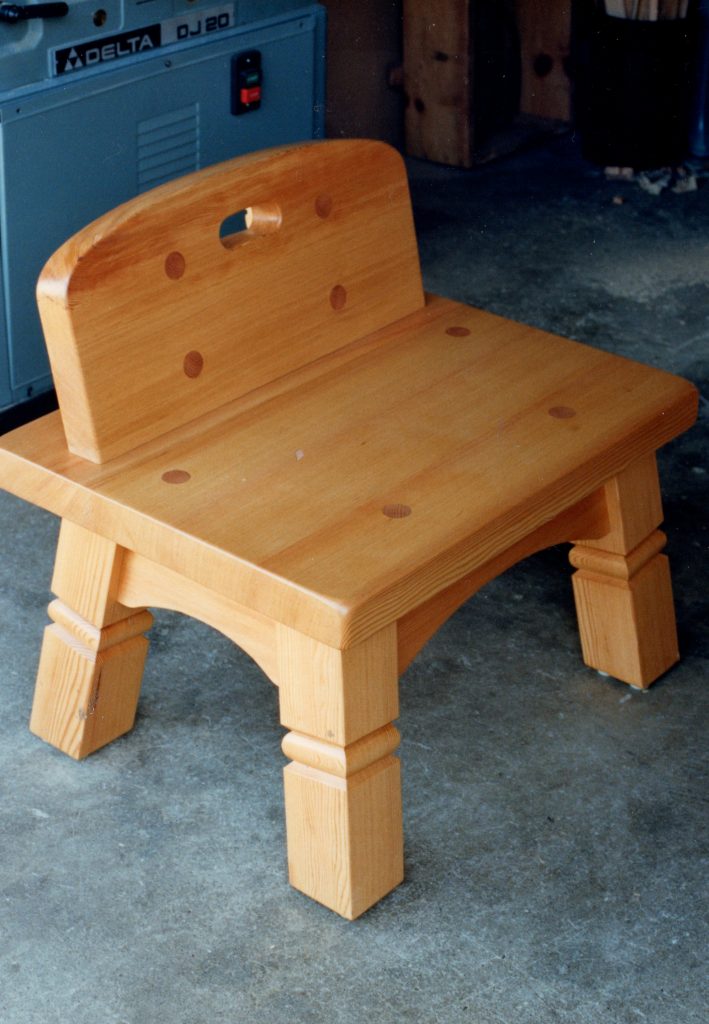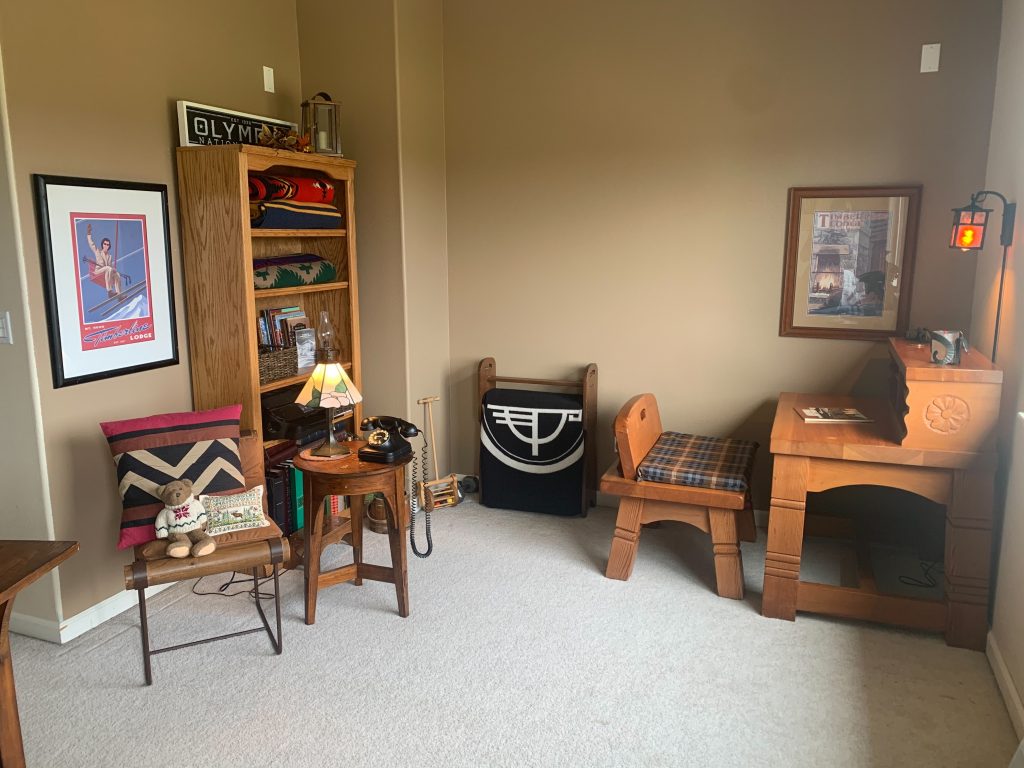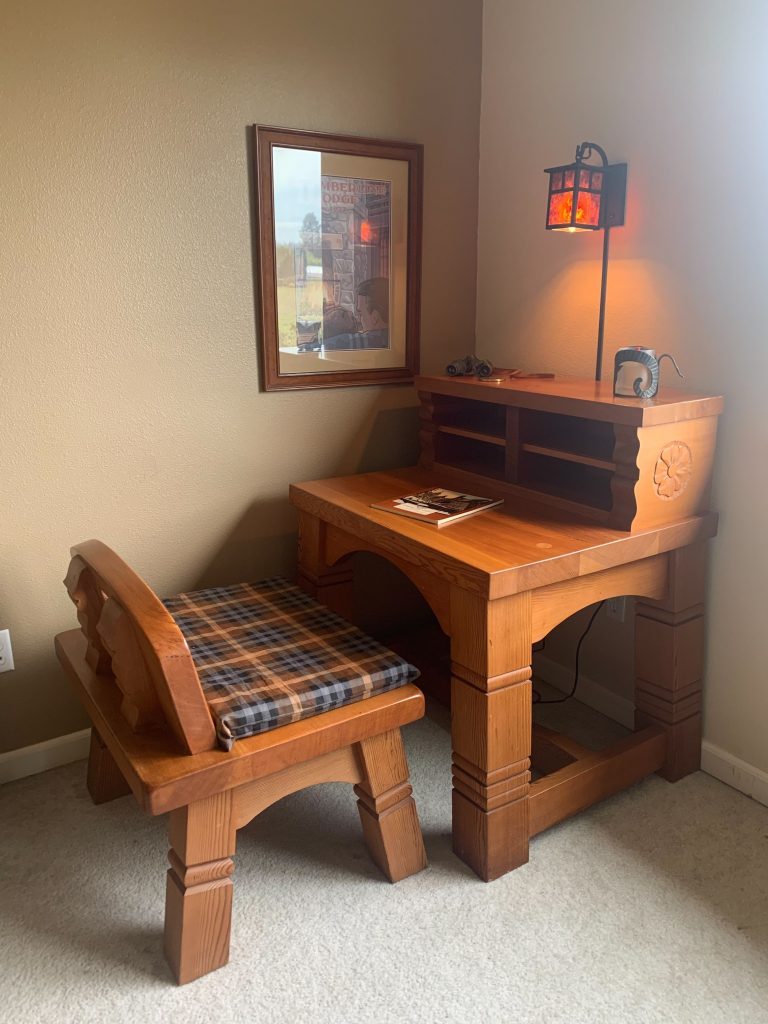In the late 1960’s, early 1970’s, I purchased a Sierra Club Ballantine book authored by the brothers, Renny and Terry Russell, titled On the Loose. It was comprised of their accounts and their photographs from explorations as young men in the wildlands of Utah. One picture they took and included in the book was of the “Grand Gallery” of ancient Native American pictographs in a small, separate and remote piece of Canyonlands National Park in Utah. The book captured my imagination and I had every intention of following in their footsteps. I made several road trips into the southwest before 2004 when I finally set out to find the Grand Gallery.
Departing from a paved highway in central Utah, the dirt and gravel road to the trailhead for the gallery is about 25 miles long. I made the trip in February. It was so cold the night before I set out on the day-long hike that my gallon of milk turned into an icy slush overnight. The trail to the gallery descends from the tableland into the canyon on a very rough “road” dynamited in the 1950’s by uranium prospectors down a sandstone cliff to the canyon below. The hike takes half a day to the gallery and half a day back. I had it all to myself.
The pictographs cannot be precisely dated but are estimated to be thousands of years old, made by the Archaic peoples who preceded the Anasazi and more modern Pueblo people. Here are some photos taken on the way out to the trailhead and on the day of my hike. [Click on any image to enlarge, All photos ![]() Max Vollmer]
Max Vollmer]
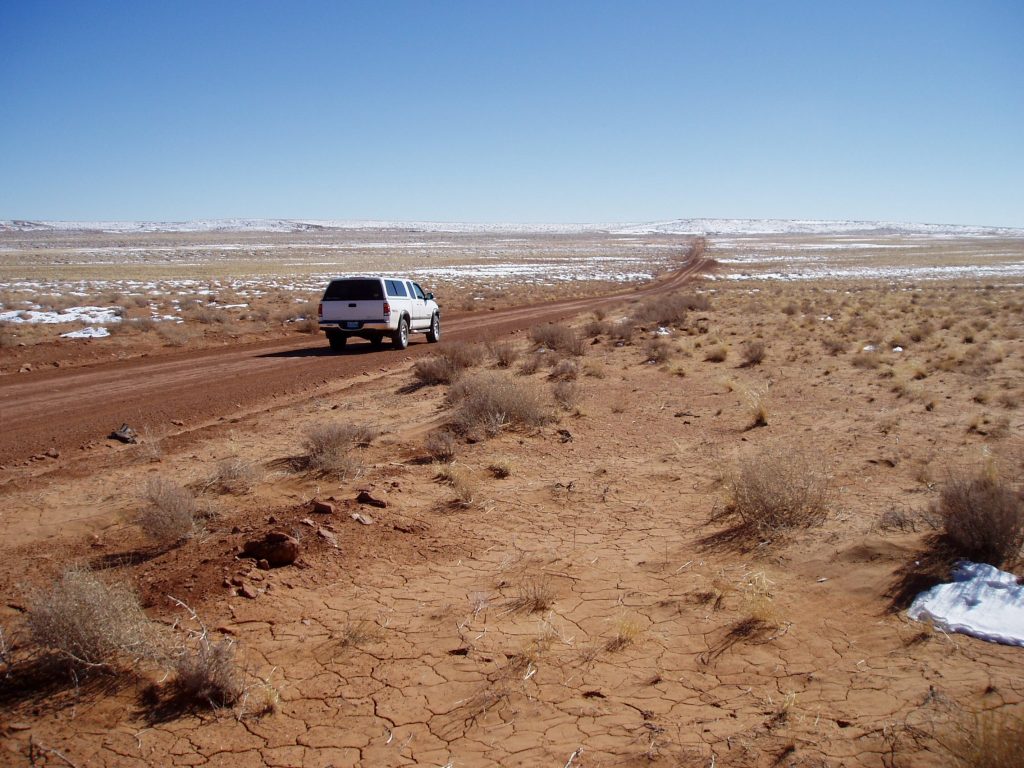
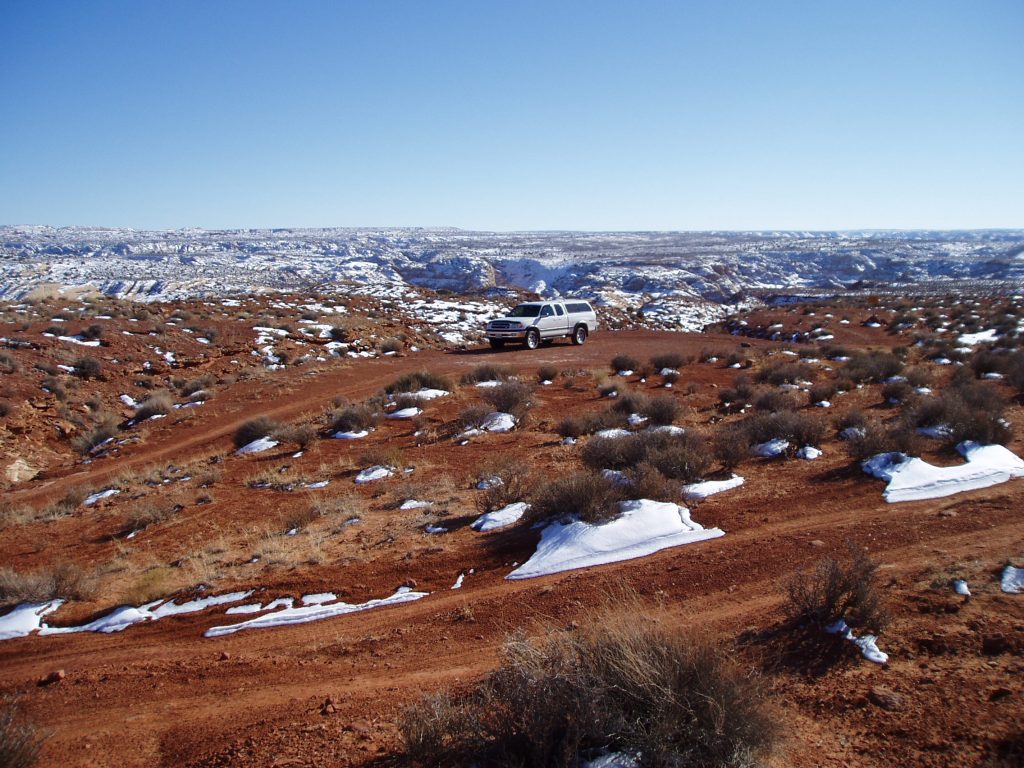

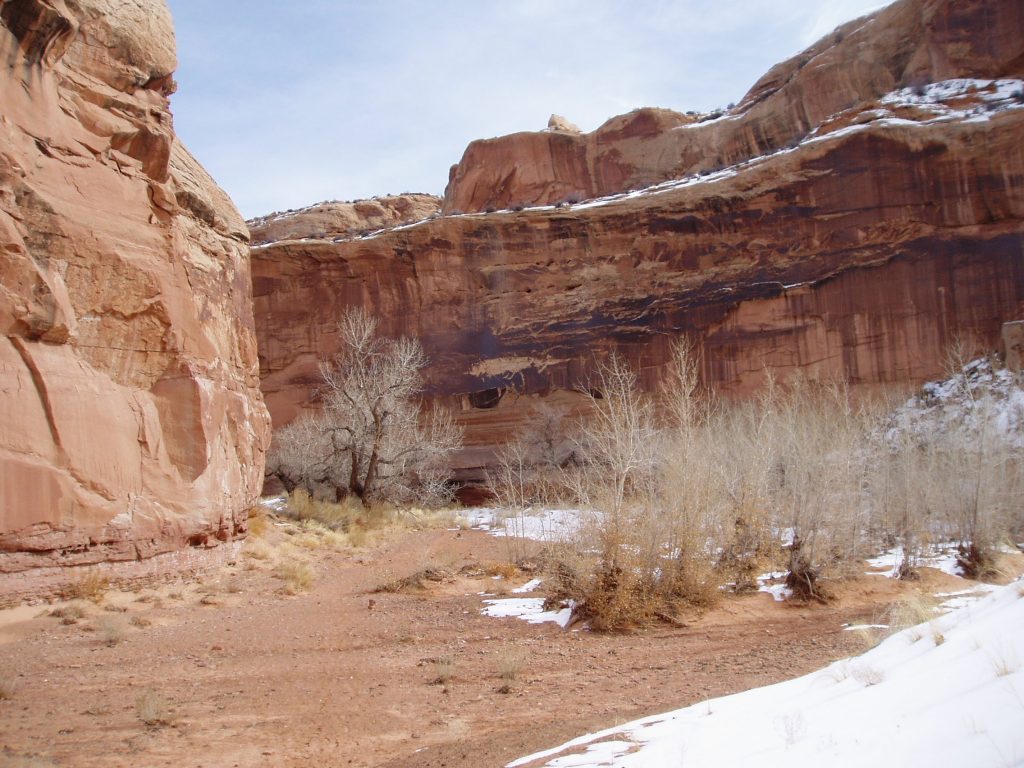
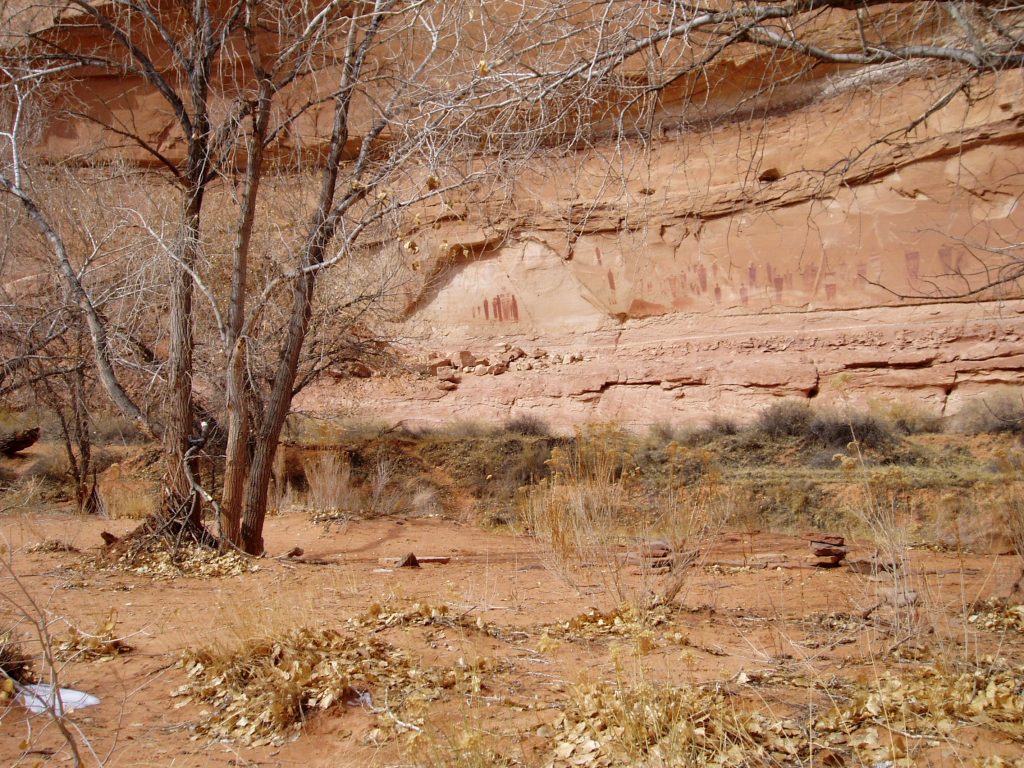
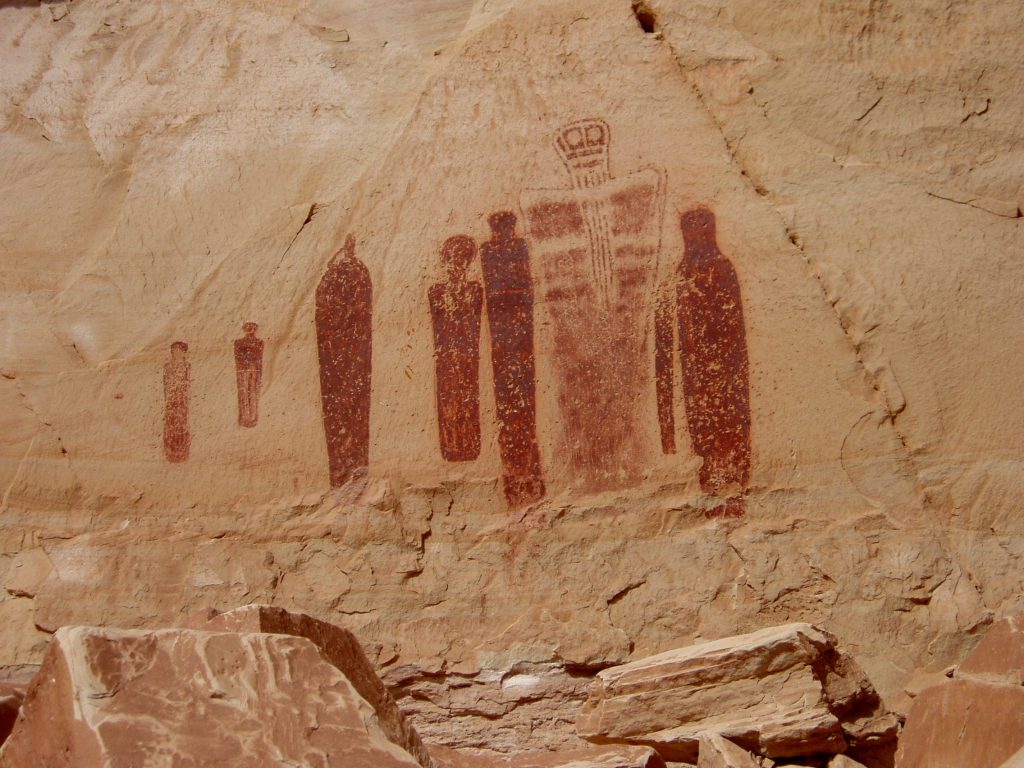
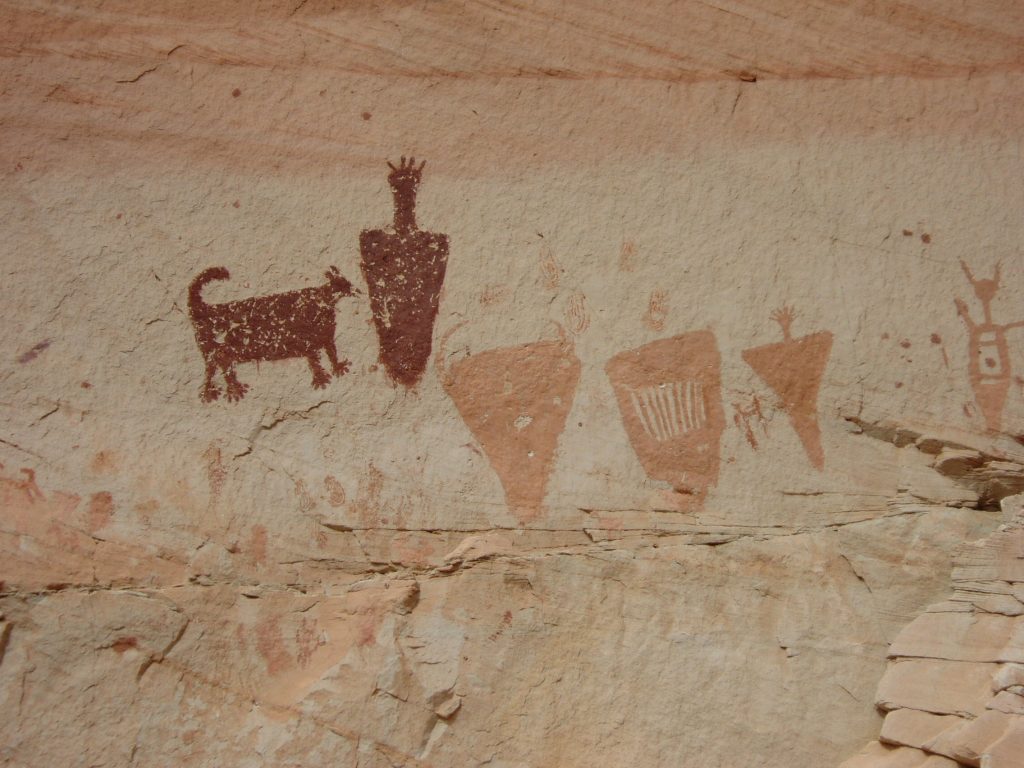
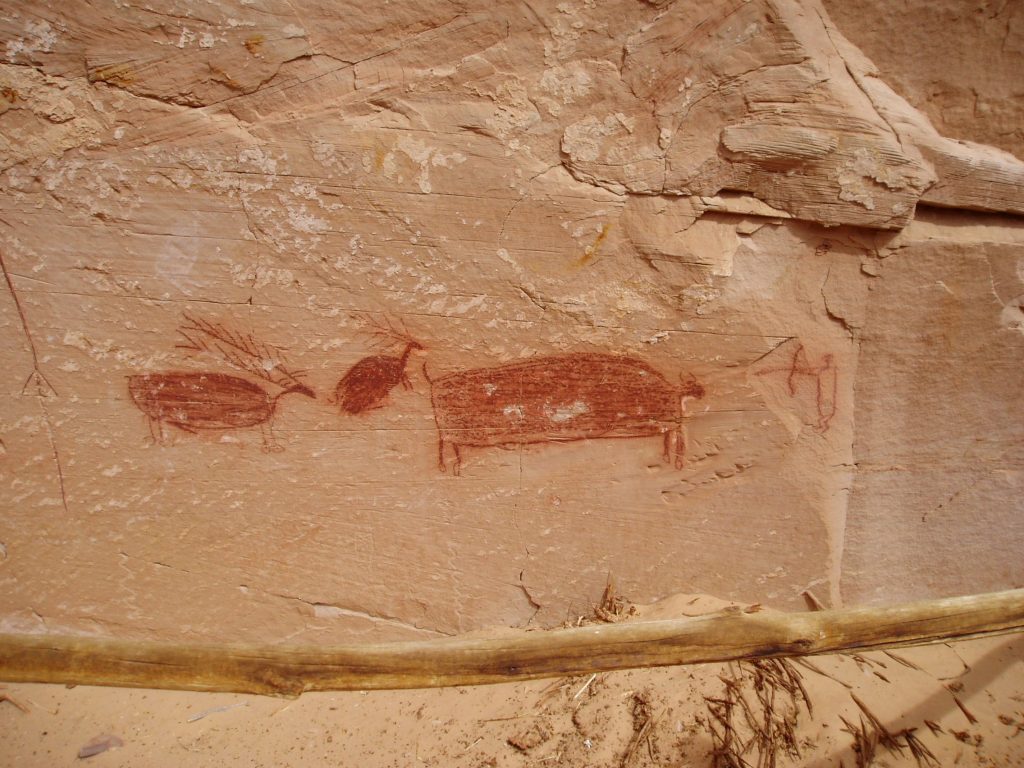
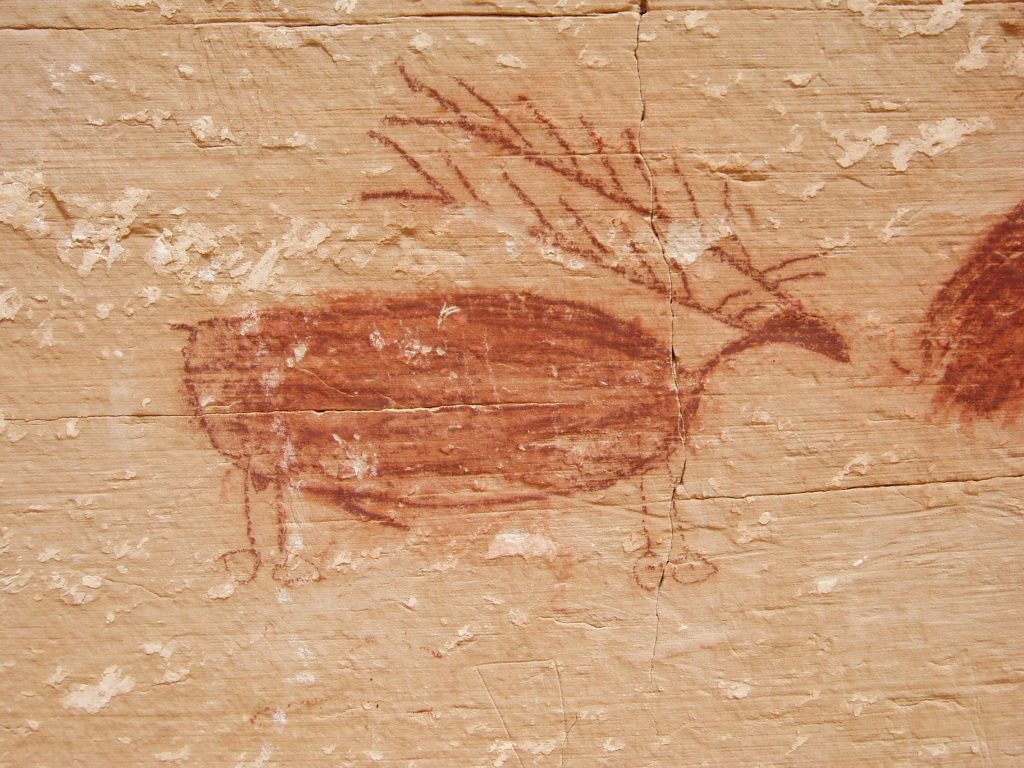
The largest and strangest anthropomorphic figures are believed to be the work of shamans on their vision quests. The animal figures are thought to represent the game hunted by a later group of people. Fortunately, all the pictographs are now too high up on the wall to reach which gives them some protection from vandals. Erosion over the centuries has lowered the canyon floor.

